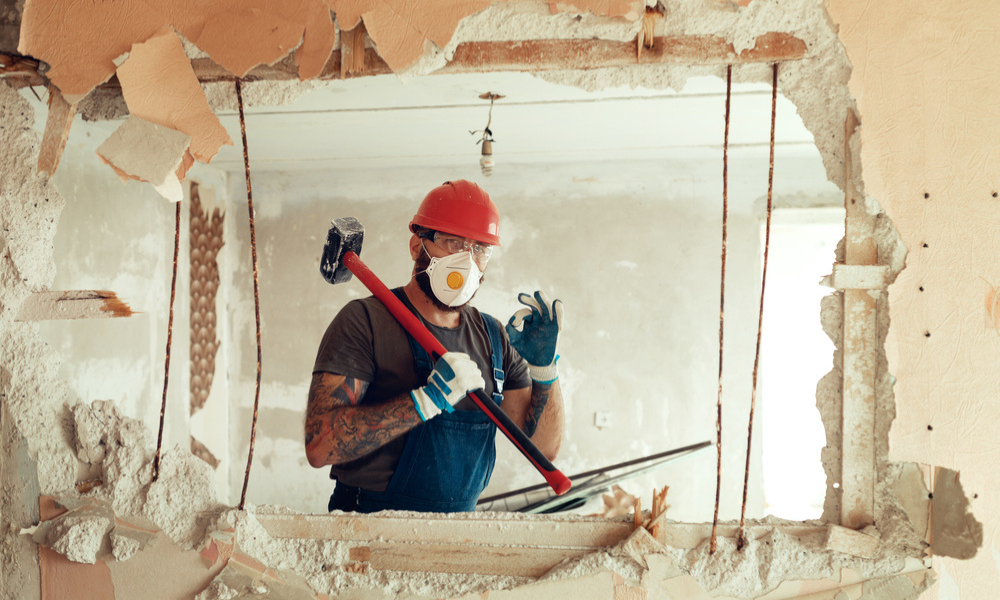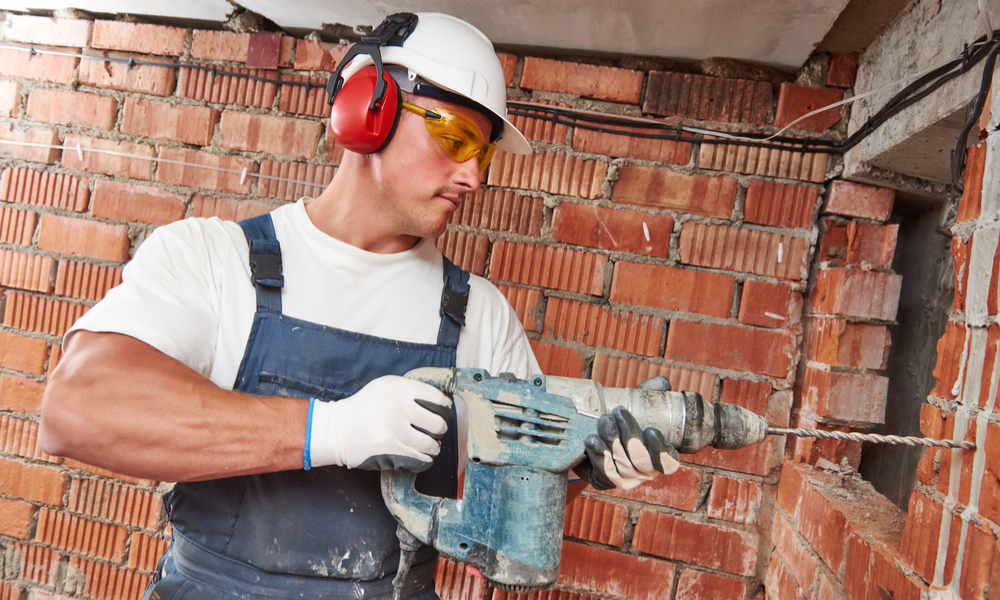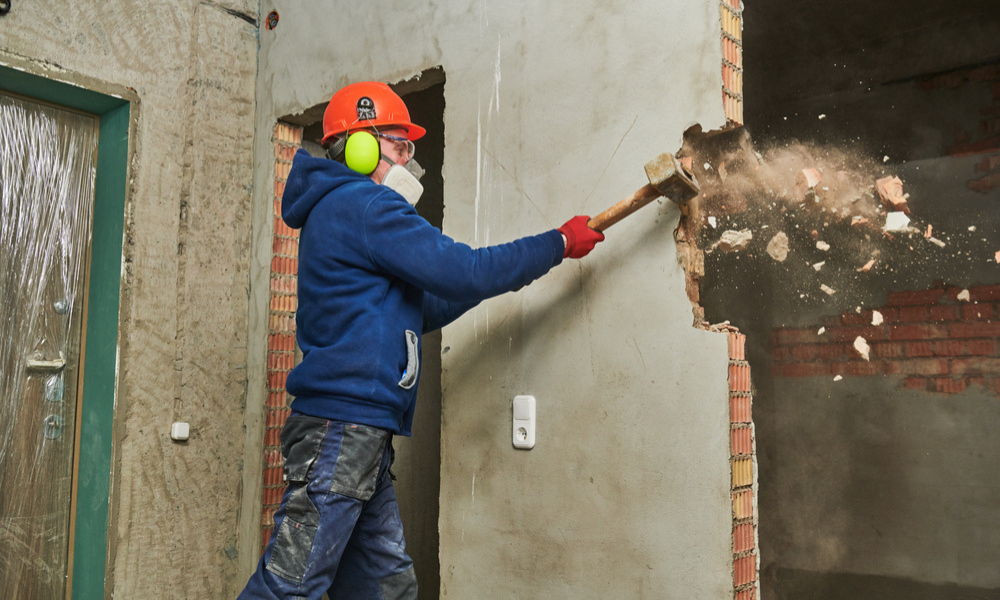Estimated reading time: 5 minutes
Sometimes, starting fresh is the best decision. Over the years, I’ve seen properties reach a point where repairs become more of a burden than a solution. Whether it’s an aging home, a commercial space with structural issues, or a site that no longer meets regulations, knowing when to clear the way for something new is crucial.
But how do you know when that time has come? Below, I’ll outline key signs that indicate it’s time to bring in professionals for safe and efficient removal.
Quick Look: Signs It’s Time for Demolition
The property is unstable or unsafe
Restoration costs exceed replacement costs
Fire, water, or mold damage has compromised integrity
You’re planning major renovations or redevelopment
The presence of hazardous materials like asbestos or lead
Outdated design no longer complies with regulations
Now, let’s dive deeper into each of these points.
When Safety Becomes a Concern
Every structure is built to last—until it’s not. If cracks in the foundation are widening, walls are shifting, or floors feel uneven, these are red flags. An unstable property isn’t just inconvenient; it’s a danger to occupants and nearby buildings.
If you’ve noticed:
Visible cracks in the foundation or walls
A leaning or sagging frame
Doors and windows that no longer close properly
…there’s a chance the damage goes beyond the surface. Instead of temporary fixes, it may be safer and more cost-effective to remove the old framework and start anew.
For those dealing with aging residential properties, this step-by-step guide (here’s a helpful resource) can offer valuable insights.
When Repairs Cost More Than Rebuilding

Not every worn-down property needs to be torn down. But when repair costs start piling up, it’s worth re-evaluating. If fixing foundation issues, electrical rewiring, or outdated plumbing will set you back more than constructing something new, reconsider your options.
I’ve worked with clients who spent thousands on patches and temporary fixes, only to realize later that starting fresh would have been the better financial move. Before investing in endless repairs, consult a removal expert to explore whether a full overhaul makes better sense.
Damage From Fire, Floods, or Mold
Fire and water can be ruthless. Even if a building looks intact after a disaster, unseen damage can compromise its integrity. Mold, in particular, is a silent problem—it spreads quickly and can make spaces unlivable.
If you’ve had a fire, flood, or persistent mold issue, weigh your options carefully. While some properties can be salvaged, in cases where moisture damage has weakened materials beyond repair, clearing the site may be the smartest decision.
When You’re Ready for Major Upgrades

Sometimes, demolition isn’t about damage—it’s about progress. If you’re planning significant renovations, removing an outdated structure can give you a clean slate.
For businesses, this might mean replacing an old commercial space with a modern facility. Homeowners may want to expand or completely redesign their lot. In these cases, clearing the site allows for more flexibility and long-term value. If you’re exploring options for business spaces, this article (on commercial site preparation) can help clarify the process.
Hazardous Materials: A Hidden Danger
Older properties often contain substances that were once common but are now considered unsafe. These include:
Asbestos (often found in insulation, ceilings, and tiles)
Lead-based paint (especially in homes built before 1978)
Outdated electrical systems (potential fire hazards)
Removing these materials requires specialized handling. In many cases, it’s safer and more cost-effective to take down the affected structure entirely rather than attempting selective removal.
If environmental concerns are on your radar, this article on eco-friendly removal (check it out here) highlights ways experts reduce waste while ensuring safety.
When Your Property No Longer Meets Code
Zoning laws and building codes evolve over time. If your property is no longer compliant due to outdated safety features, accessibility issues, or energy inefficiency, upgrading may not be a simple fix.
In some cases, modifying an old property to meet current regulations is more expensive than constructing a compliant replacement. If you’re unsure about local requirements, consulting professionals who specialize in safe and legal site clearance can help.
For those looking to hire the right company, this guide can help you choose wisely.
What to Do Next If You’re Considering Demolition
Step 1: Get a Professional Assessment
Before making any decisions, bring in an expert to evaluate your site. They can determine whether your structure is salvageable or if removal is the better choice.
Step 2: Secure Necessary Permits
Demolition isn’t just about knocking things down—you need the right paperwork. A licensed contractor will ensure your project follows local regulations, avoiding costly fines or delays.
Step 3: Choose the Right Team for the Job
Not all contractors are created equal. Look for a team with experience, proper licensing, and a strong safety record. If you’re budgeting for your project, this breakdown on costs (read it here) can help you plan accordingly.
Step 4: Plan for Cleanup and Site Preparation
A responsible crew doesn’t just demolish—they clean up afterward, too. If you’re preparing for a rebuild, understanding site preparation (this guide) can help prevent setbacks.
Final Thoughts
Deciding to remove a structure isn’t always easy, but sometimes, it’s the best path forward. If safety risks, high repair costs, or redevelopment plans are on your radar, exploring removal options could be the smartest move.If you need expert advice, reach out to a professional removal service to discuss your options. And if you want a closer look at how these projects unfold, this article on site safety (check it out here) offers useful insights.



